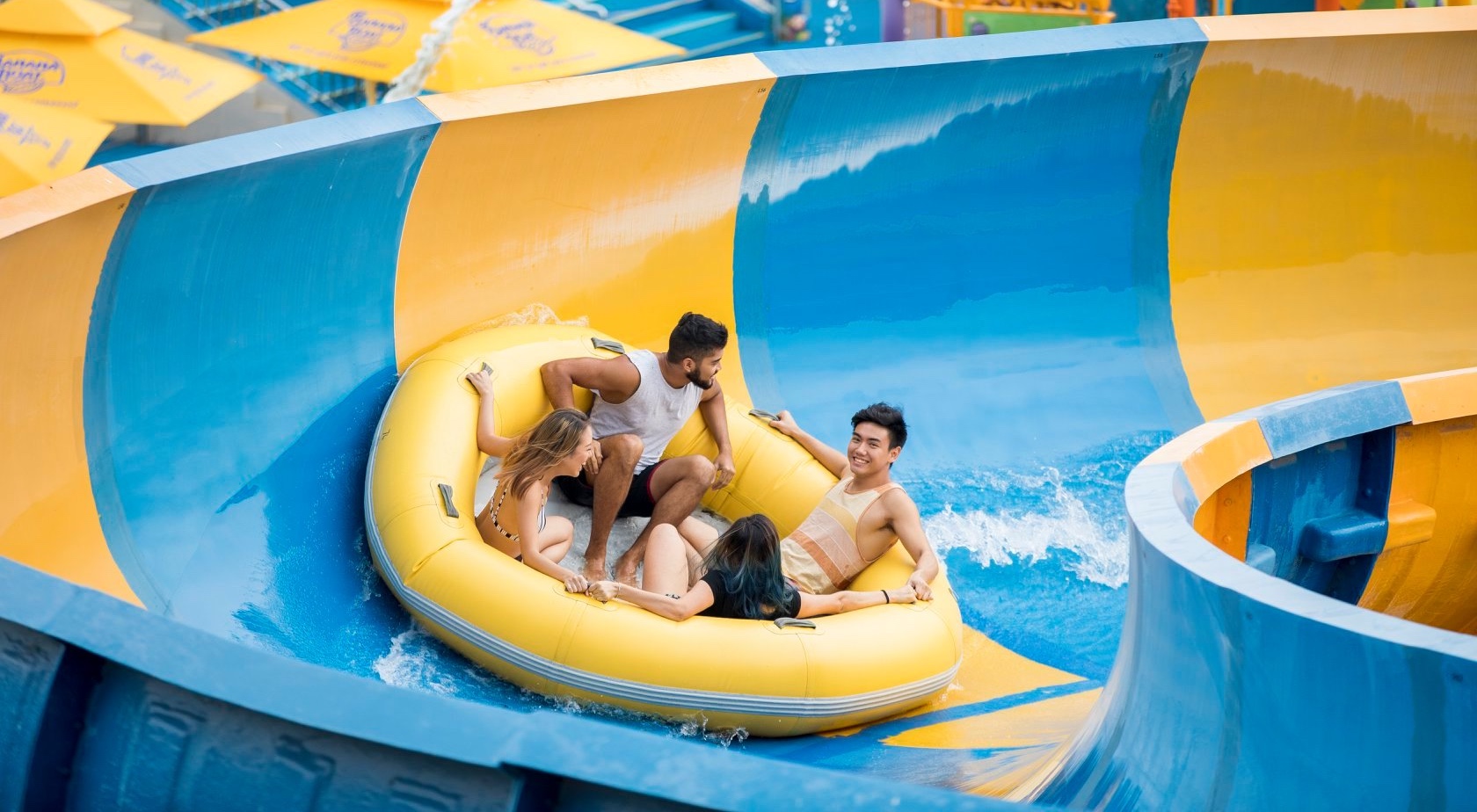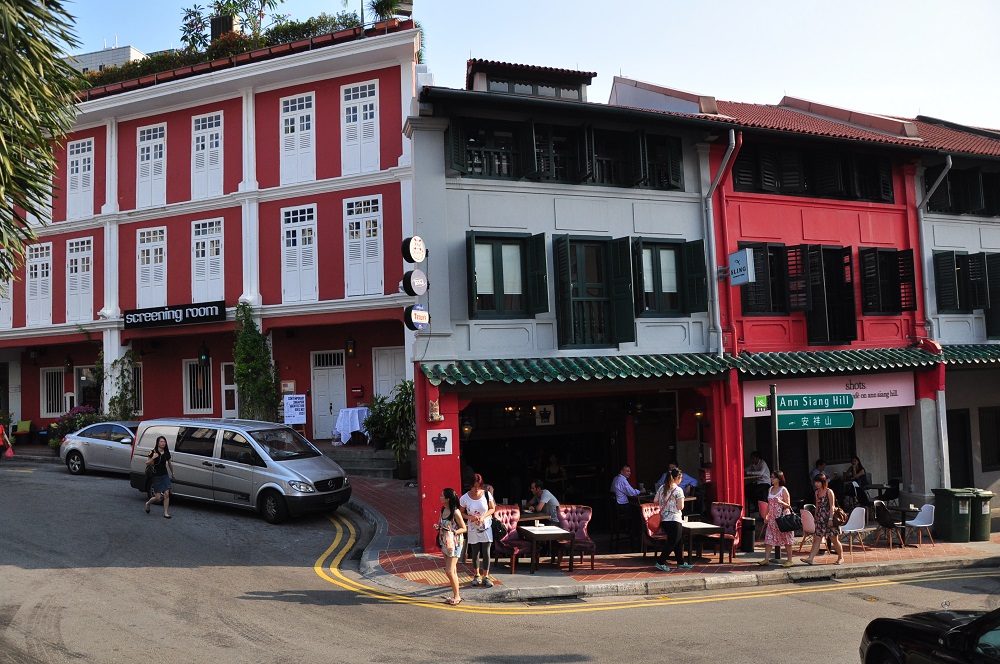Step away from the hustle and bustle of the concrete jungle and soak in the sights and sounds of the city’s vibrant green spaces. From tree top walks to diving spots, here are nine of the most scenic nature spots to check out.
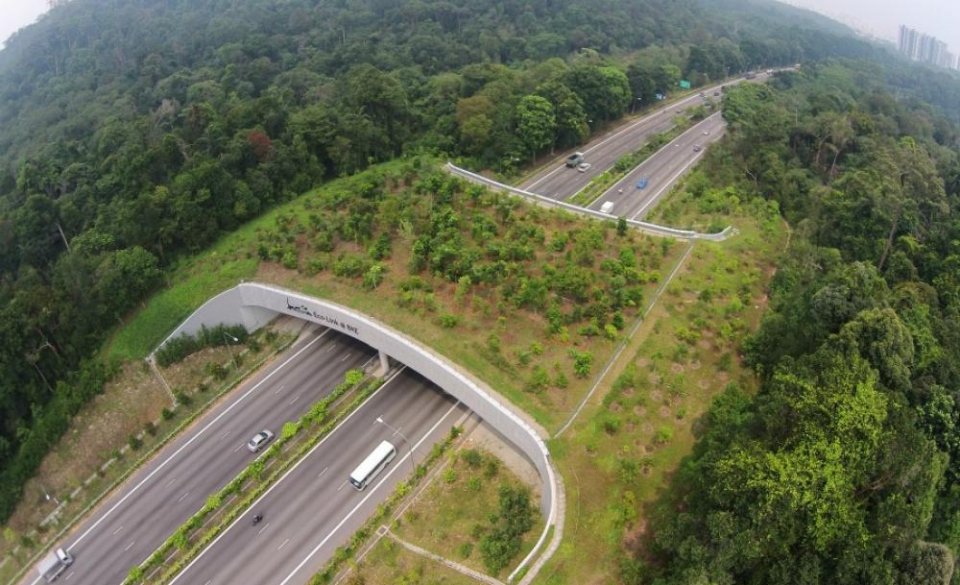
BKE@EcoLink
This new ecological bridge, which stretches across the Bukit Timah Expressway, was built to encourage wildlife to expand their habitat in today’s urban environment. It connects to the Bukit Timah Nature Reserve and the Central Catchment Nature Reserve, with over 3,000 types of native plants flanking the narrow path. If you’re lucky, you just might spot some of Singapore’s rare wildlife such as the lesser mousedeer and the sunda pangolin.
Do this: Sign up for a free public guided walk to tour the restricted link. Registration is limited, so check the National Parks website for upcoming ones.
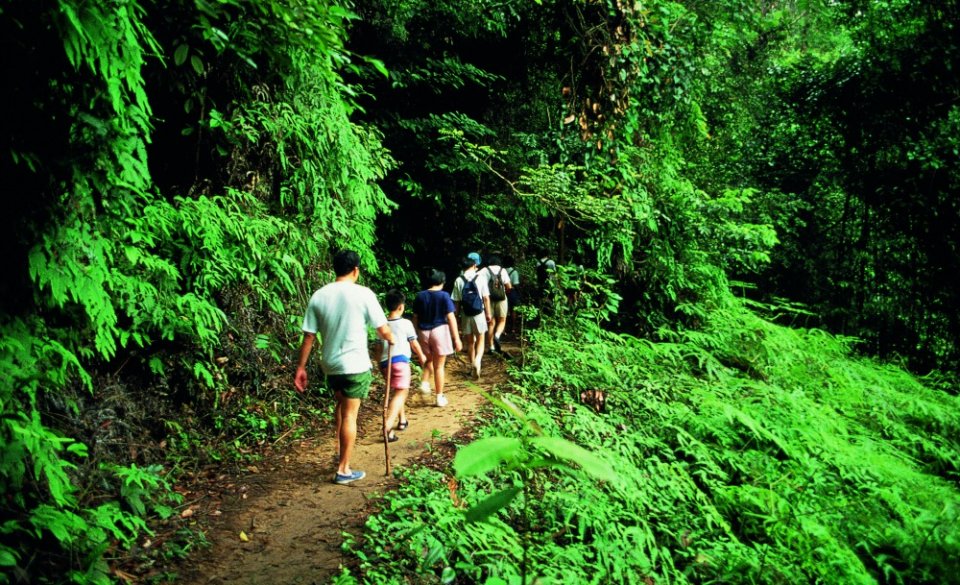
Bukit Timah Nature Reserve
Bukit Timah Nature Reserve
About 40 percent of Singapore’s flora and fauna can be found at this 163-hectare AESEAN Heritage Park where locals go to climb the island’s tallest hill via a trail through the reserve’s dense tropical rainforest. It is currently undergoing some restoration works, so public access is restricted for now.
Do this: Bring your mettle to the pedal on Singapore’s oldest mountain bike trail. There are three different routes with various difficulty levels for both beginners and advanced riders.
Coney Island
The off-shore nature sanctuary boasts a colorful ecosystem comprising 80 species of birds like the nationally critically endangered spotted wood owl and the black-crowned night heron, rare plants thought to be nationally extinct and even a single Brahman bull. There are boardwalks taking visitors through the island’s forest and mangrove habitats leading to the beach.
Do this: Go for a guided work conducted by NParks volunteers, which covers the 600 sq. meter Haw Par Beach Villa, designed by ‘30s Singaporean architect Ho Kwong Yew and built by the Haw Par brothers of Tiger Balm ointment.
Kranji Marshes
This recently-launched green space in a secluded part of north-western Singapore is something of a hidden gem—it houses a marshland, and also woodland and grass habitats. The 56.8 hectare nature attraction features a conservation area that is not open to public and Neo Tiew Lane 2, a 1-kilometer trail through Neo Tiew Woods. To explore the restricted site, register for a guided tour at the Nature Society of Singapore (NSS) here.
Do this: Bird-watching enthusiasts, head to a 10 meter-high tower in Neo Tiew Woods for a panoramic view of the marshes in the conservation area. The park also has over 170 recorded species of birds including nine critically endangered species like the straw-headed bulbul.
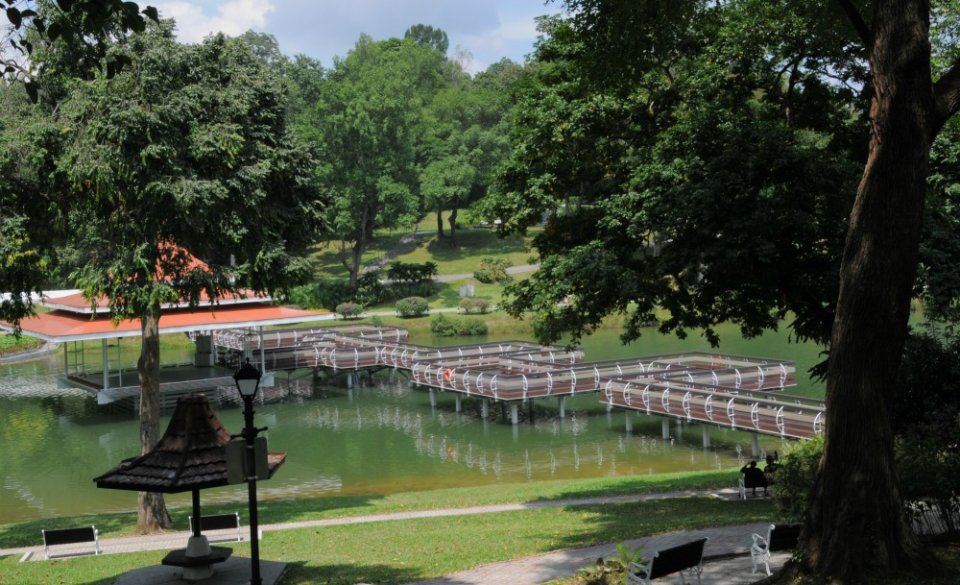
MacRitchie Reservoir
MacRitchie Reservoir
Arguably Singapore’s most popular nature reserve, the 12-hectare MacRitchie Reservoir Park is thronged with joggers, nature lovers and watersports enthusiasts alike. Go on a stroll along the water’s edge at the MacRitchie Boardwalk, embark on a challenging hike through the 3.2 kilometer and 4.8 kilometer trails or rent a canoe or kayak—this park is a hot bed for outdoor activities.
Do this: For the best view of the rainforest and beyond, try the TreeTop Walk, which takes you above the canopy of trees on a 250 meter-long suspension bridge.
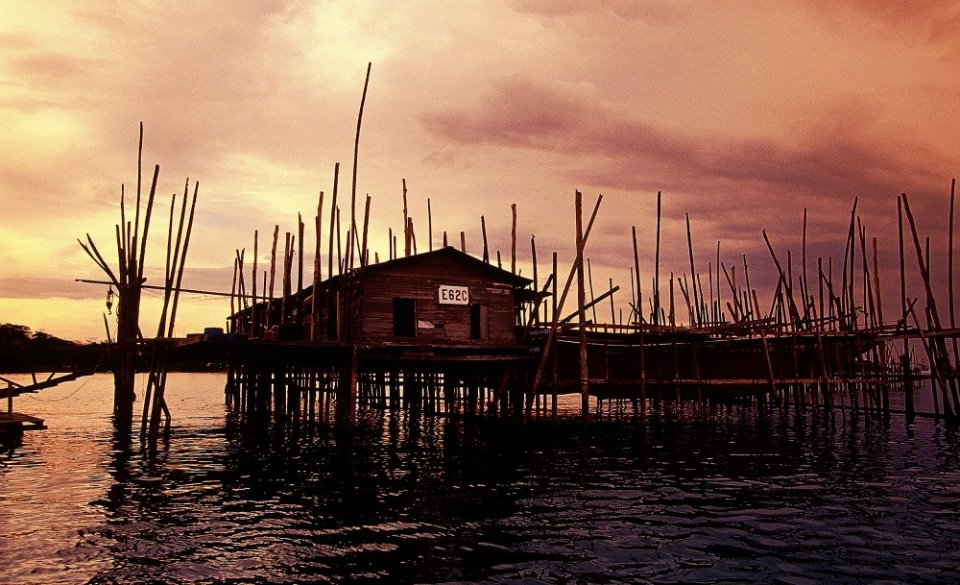
Pulau Ubin
Pulau Ubin
This boomerang-shaped island is perhaps one of the last places in Singapore where you’ll find rustic kampongs or villages. Visitors can opt to explore the former granite mining quarry on bicycle or by foot, go fishing or make a trek to the Chek Jawa Wetlands to view the area’s rich ecosystems. The island is also home to less than 80 residents, some of whom own farms or kelongs.
Do this: Have dinner at Smith Marine, a floating fish farm along Pulau Ubin. The farm’s restaurant offers local specialties like chili crab, lala bee hoon, cereal squid and steamed prawn. Visit the official website for more information.
Sisters’ Island
Singapore’s first marine park is home to rare and endangered species such as seahorses, clams, sponges, coral reefs and more. To raise awareness about protecting Singapore’s native marine biodiversity, the island also hosts regular educational, conservation and research activities. Visitors on its guided walks might be lucky enough to spot some rare wildlife like the Neptune’s Cup Sponge, initially thought to be globally extinct for more than a century.
Do this: Sign up to explore the 100 meter Marine Park dive trails. An advanced level of certification is required to register and who knows, you may see native sea creatures like the feather duster worms, giant clams, anemone and clown fish. Visit this website for more information.
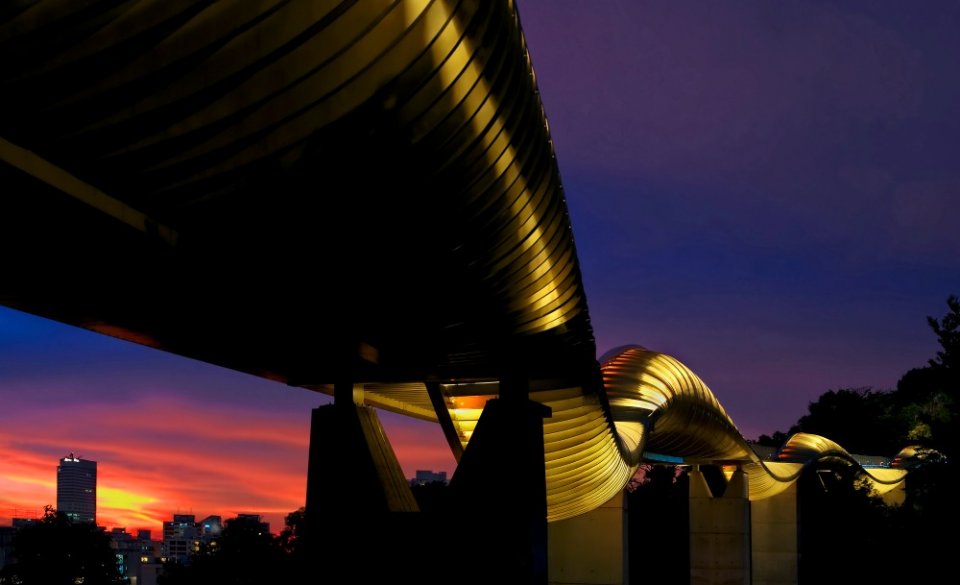
Henderson Waves, Southern Ridges
Southern Ridges
This 10 kilometer stretch connects Mount Faber Park, Telok Blangah Hill Park, HortPark, Kent Ridge Park and Labrador Nature Reserve. Immerse yourself in the greenery at the Forest Walk or the Canopy Walk, or visit the Henderson Waves, which stands 36 meters above Henderson Road and sports a unique, architectural wave-like structure.
Do this: Check out the 5.61-hectare Berlayer Creek, comprising one of two remaining mangroves in the south of mainland Singapore, and rocky shore and mudflat habitats.
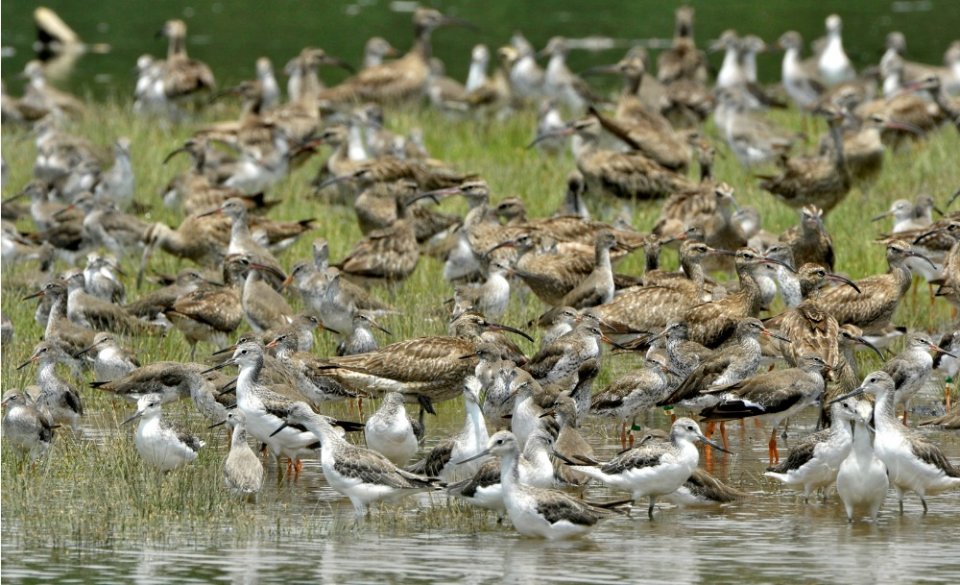
Sungei Buloh Wetland Reserve
Sungei Buloh Wetland Reserve
This nature reserve spans 202 hectares and includes habitats like mangroves, mudflats, ponds and forests, with a rich biodiversity of wildlife. The park is home to native species such as mudskippers, crabs, shellfish, water snakes, birds, monitor lizards and otters—the eagle-eyed might even spot some crocodiles in the waters, too.
Do this: Sungei Buloh is a recognized site of international importance for migratory birds and during migratory season, avid bird watchers will see shorebirds or waders like plovers and sandpipers making an appearance.


